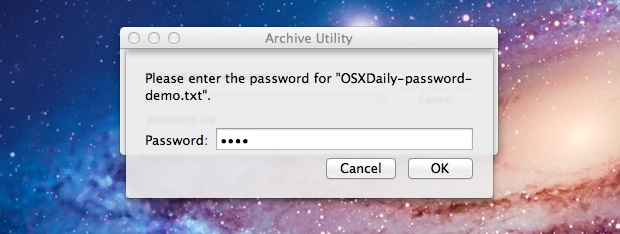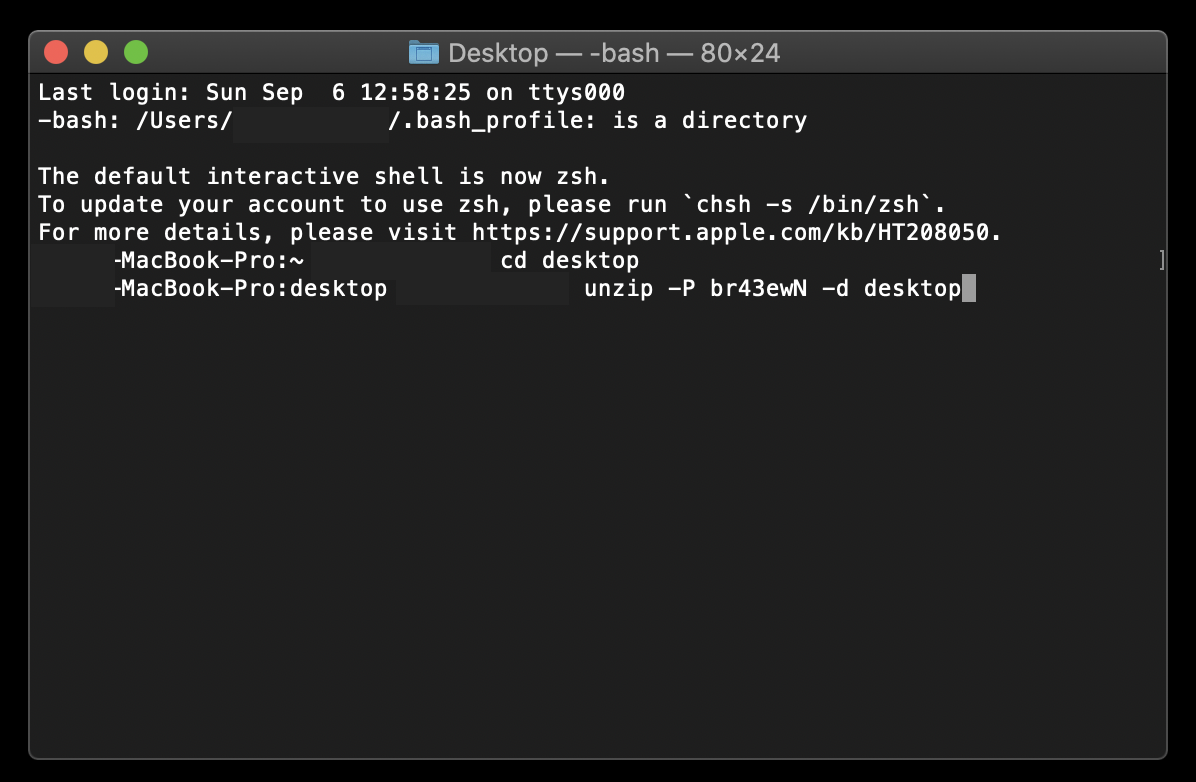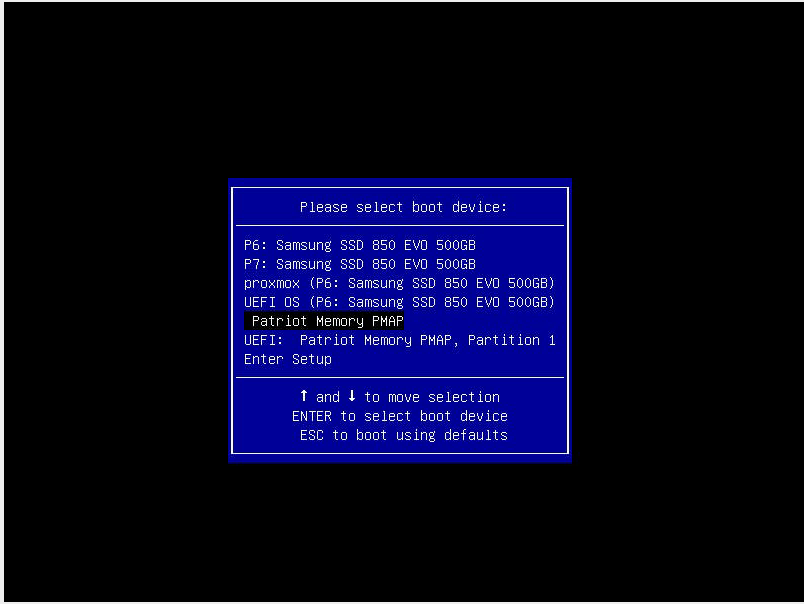The gzip command uses the Lempel-Ziv (ZZ77) compression algorithm to reduce the size of files such as documents, images, and audio tracks. After you compress a file using gzip, you'll need to decompress the file. Here's how to decompress a file that was compressed using the gzip command. WMIC or Windows Management Interface Command is a simple command line tool used to issue WMI commands. WMI command generally used to query all of the system related information like Computer Name, BIOS Serial Number, Mac Address etc. WMIC provides two type of usage.
WMIC or Windows Management Interface Command is a simple command line tool used to issue WMI commands. WMI command generally used to query all of the system related information like Computer Name, BIOS Serial Number, Mac Address etc.
WMIC provides two type of usage. Batch usage is the most popular where we can issue WMI commands into MS-DOS or PowerShell like below.
Unzip from the Finder. If you have saved a.zip file in the Finder, double-click it to open. After opening it, you can view some or all of the contents by highlighting the files and pressing Command+Y. Follow these steps to open zip files on Mac: Click the Unzip button. 1 Unzip to install. On Linux or OSX you can unzip ngrok from a terminal with the following command. On Windows, just double click ngrok.zip.
WMIC also provides an interactive shell where we can issue wmic options as commands. We can enter VMIC interactive shell just running wmic command like below.
We can use Computer option in order to print the current system manufacturer and model.
Computer name can be printed with the computersystem and name options like below.
Every computer system have a serial number. This serial number is unique to the system. We can print current system serial number with the bios and serialnumber options like below.
Unzip 7z Mac Command Line
wmic command also provides operations about the Network Interface. We can use nic option with different extra options like macaddress ,description.
Mothterboards have some model and model number information. We can print motherboard model with the following command.
We can use wmic command in order to get RAM or Physical Memory Size information with the following command.

We can print currently running applications, programmes and their RAM or Memory usage with the process option like below.
We can use partition option with the name,size and type options to print partitions information and file system type.
We can list currently installed Services on the system. We will use service option with the list and brief options like below.
Currently running process and brief information about the can be listed lie below.
Even we can use wmic to kill the current running process. We will use process option with the where statement and related terminate command. In this example, we will kill the process named chrome.exe which can be listed with the previous command.

After the Windows operating system is started some applications are started automatically. These applications are different from services. They are generally called Startup Applications. We can list these Startup Applications with the wmic like below.

We can redirect any wmic command output into a file. We will use the redirect operator > . In this example, we will write the process list into a file named processes.txt . Keep in mind that we should have write access to the current working directory.
We can use diskdrive option in order to list currently connected disk drives. These drives can be HDD or ISCSI or similar.

We can also print basic operating system information. This will provide following inforation
Mac Command Line Unzip 7z
- Build Number
- Organization
- Registered USer
- Serial Number
- System Directory
- Version
